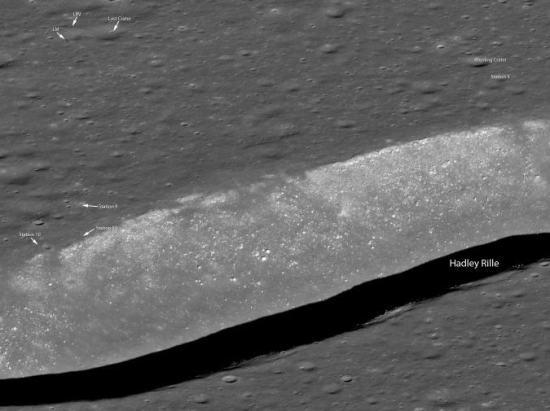NASA halting work on its J-2X rocket engine
Par for the course: NASA, having successfully completed a 500 second test of the J-2X rocket engine, has halted all further development work on that engine.
The NASA program to build the heavy-lift rocket is expected to get $1.2 billion per year, and yet it doesn’t have enough money to develop both its first and second stages simultaneously? Kind of proves my point that NASA’s fixed labor costs, imposed on it by Congress, makes it impossible for the agency to ever build anything at a competitive price.
The result: every project dies stillborn.
Par for the course: NASA, having successfully completed a 500 second test of the J-2X rocket engine, has halted all further development work on that engine.
The NASA program to build the heavy-lift rocket is expected to get $1.2 billion per year, and yet it doesn’t have enough money to develop both its first and second stages simultaneously? Kind of proves my point that NASA’s fixed labor costs, imposed on it by Congress, makes it impossible for the agency to ever build anything at a competitive price.
The result: every project dies stillborn.

